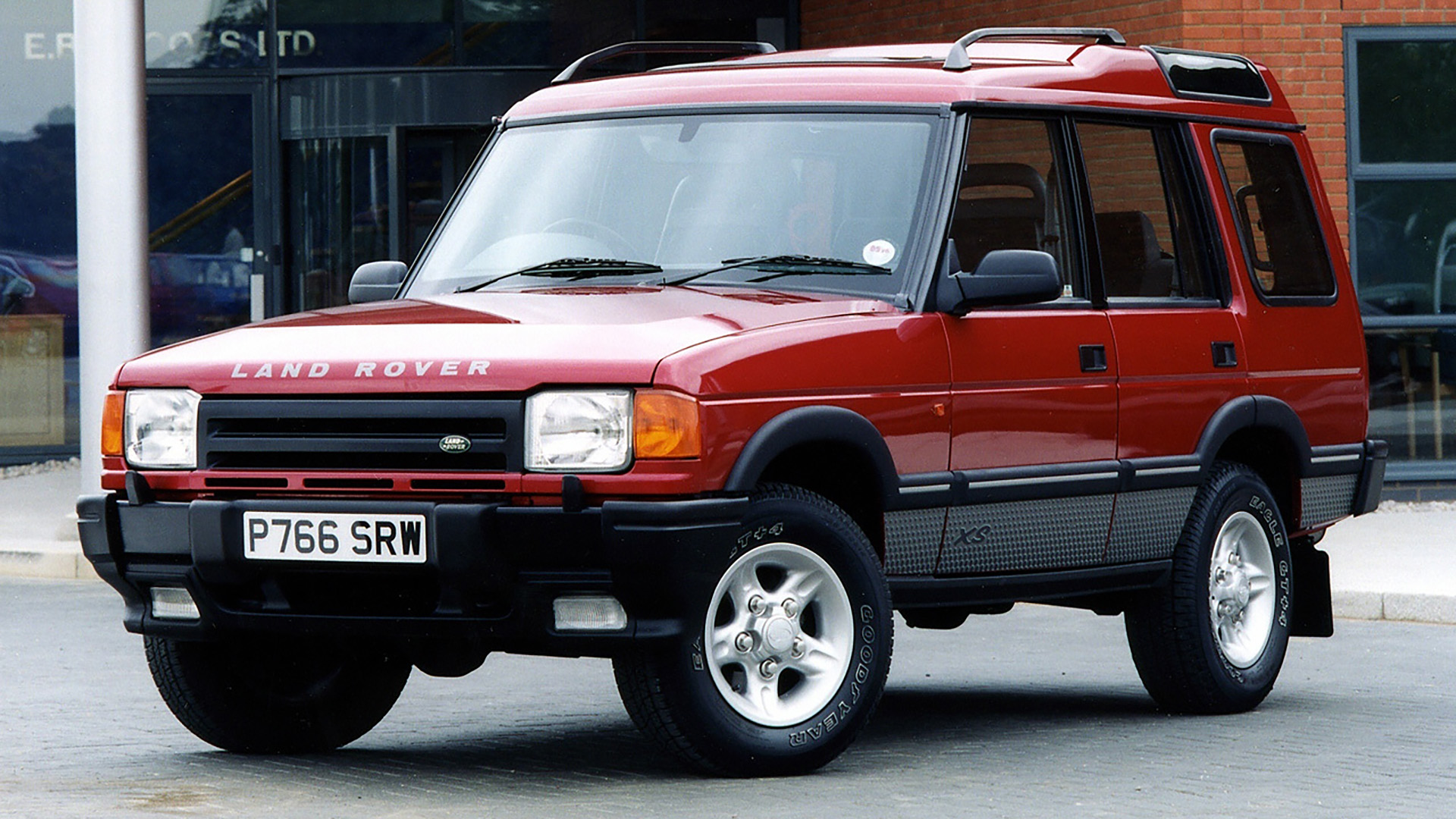

Positioned between the utilitarian Defender and the luxurious Range Rover, the more wallet-friendly Land Rover Discovery was launched in 1989 in Europe, mostly to combat the Japanese competition in the SUV segment. Initially sold as a three-door family wagon powered by four-cylinder engines, the Discovery has come a long way in the last three decades, even if it sacrificed more and more of its rugged character to offer comfort and ease around the city. When finally landing in the United States in facelifted form for the 1994 model year, MotorWeek already suggested it was perhaps time for Land Rover “to conquer suburbia too.”
In four-door form, the Discovery shared even more with the expensive Range Rover’s body structure on top of its ladder frame and solid axles with coilover suspension, as well as four-wheel-drive system with the two-speed central differential. Two airbags, plus ABS-equipped disc brakes in all corners, came as standard by 1994, followed by options such as jump seats and a folding step at the rear, twin power sunroofs, leather upholstery, and a six-disc CD changer under the driver seat. Land Rover’s all-aluminum 3.9-liter V8 offered 182 horsepower and 232 pound-feet of torque, sent through either a stronger five-speed manual or ZF’s four-speed automatic.

The V8-powered Land Rover Discovery started at $28,900 in the U.S. and only went up to $31,925 fully loaded as tested. The EPA gave it a 13 mpg city, 16 mpg highway rating, while the press could enjoy its off-road capabilities in the jungles of Guatemala. By the time Land Rover sent its fleet to Central America, the original Discovery was past four Camel Trophy races through Siberia, Tanzania-Burundi, Guyana and Sabah-Malaysia.
With a new Defender Works V8 Trophy series launched as a tribute to that era, it’s only fair we share a few images of muddy Discovery trucks as well.




The updated 1994 Discovery—sold as the “Discovery 2” in some markets before the Discovery Series II would take over for 1998—combined the best attributes of both previous Land Rover products with a more versatile, fashionable and affordable package. This was done in hopes that it would be enough not only to satisfy the residents of suburbia but also the budget-conscious adventurers who could be lured towards buying a European truck over established American or Japanese offerings.
Meanwhile, diesel-powered Discos carried the flags through eight Camel Trophy events from 1990 until 1997.

Got a tip? Send us a note: tips@thedrive.com